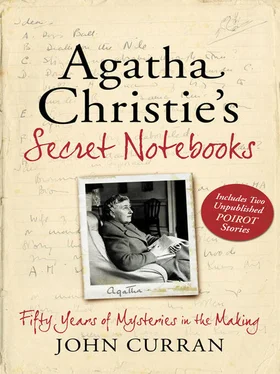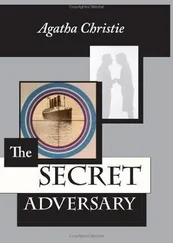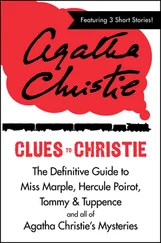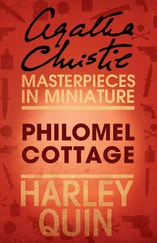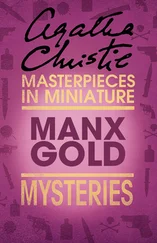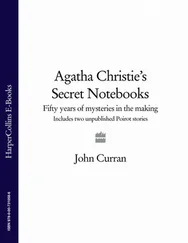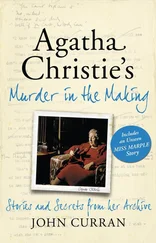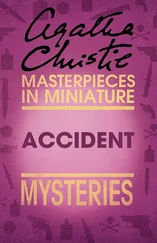Although she began writing the novel in 1916 ( The Mysterious Affair at Styles is actually set in 1917), it was not published for another four years. And its publication was to demand consistent determination on its author’s part as more than one publisher declined the manuscript. Until, in 1919, John Lane, The Bodley Head asked to meet her with a view to publication. But, even then, the struggle was far from over.
The contract, dated 1 January 1920, that John Lane offered Christie took advantage of her publishing naivety. (Remarkably, the actual contract is for The Mysterious Affair of Styles. ) She was to get 10 per cent only after 2,000 copies were sold in the UK and she was contracted to produce five more titles. This clause led to much correspondence over the following years. Possibly because she was so delighted to be published or because she had no intention then of pursuing a writing career, it is entirely possible that she did not read the small print carefully.
When she realised what she had signed, she insisted that if she offered a book she was fulfilling her part of the contract whether or not John Lane accepted it. When John Lane expressed doubt as to whether Poirot Investigates, as a volume of short stories rather than a novel, should be considered part of the six-book contract, the by now confident writer pointed out that she had offered them a novel, the non-crime Vision, as her third title. The fact that the publishers refused it was, as far as she was concerned, their choice. It is quite possible that if John Lane had not tried to take advantage of his literary discovery she might have stayed longer with the company. But the prickly surviving correspondence shows that those early years of her career were a sharp learning curve in the ways of publishers—and that Agatha Christie was a star pupil. Within a relatively short space of time she is transformed from an awed and inexperienced neophyte perched nervously on the edge of a chair in John Lane’s office into a confident and businesslike professional with a resolute interest in every aspect of her books—jacket design, marketing, royalties, serialisation, translation and cinema rights, even spelling.
Despite favourable readers’ reports a year earlier, in October 1920 Christie wrote to Mr Willett of John Lane wondering if her book was ‘ever coming out’ and pointing out that she had almost finished her second one. This resulted in her receiving the projected cover design, which she approved. Ultimately, after a serialisation in 1920 in The Weekly Times, The Mysterious Affair at Styles was published later that year in the USA. And, almost five years after she began it, Agatha Christie’s first book went on sale in the UK on 21 January 1921. Even after its appearance there was much correspondence about statements and incorrect calculations of royalties as well as cover designs. In fairness to John Lane, it should be said that cover design and blurbs were also a recurring feature of her correspondence with Collins throughout her career.
Verdict…
The readers’ reports on the Styles manuscript were, despite some misgivings, promising. One gets right to the commercial considerations: ‘Despite its manifest shortcomings, Lane could very likely sell the novel…There is a certain freshness about it.’ A second report is more enthusiastic: ‘It is altogether rather well told and well written.’ And another speculates on her potential future ‘if she goes on writing detective stories and she evidently has quite a talent for them’. They were much taken with the character of Poirot, noting ‘the exuberant personality of M. Poirot who is a very welcome variation on the “detective” of romance’ and ‘a jolly little man in the person of has-been famous Belgian detective’. Although Poirot might take issue with the use of the description ‘has-been’, it was clear that his presence was a factor in its acceptance. In a report dated 7 October 1919 one very perceptive reader remarked, ‘but the account of the trial of John Cavendish makes me suspect the hand of a woman’. (Because her name on the manuscript had appeared as A.M. Christie, another reader refers to Mr Christie.) All the reports agreed that Poirot’s contribution to the Cavendish trial did not convince and needed revision.
They were referring to the denouement of the original manuscript, where Poirot’s explanation of the crime comes in the form of his evidence given in the witness box during the trial of John Cavendish. This simply did not work, as Christie herself accepted, and Lane demanded a rewrite. She obliged and, although the explanation of the crime itself remains the same, instead of giving it in the form of evidence from the witness box Poirot holds forth in the drawing room of Styles, in the type of scene that was to be replicated in many later books.
Sutherland Scott, in his 1953 history of the detective story, Blood in their Ink, perceptively calls The Mysterious Affair at Styles ‘one of the finest firsts ever written’. It contained some of the features that were to distinguish many of her later titles.
Poirot and The Big Four
Hercule Poirot
There is an irony in the fact that although Agatha Christie is seen as a quintessentially British writer, her most famous creation is ‘foreign’, a Belgian. The existence of detective figures with which she would have been familiar may have been a contributing factor. Poe’s Chevalier Dupin, Robert Barr’s Eugène Valmont, Maurice Leblanc’s Arsène Lupin and A.E.W. Mason’s Inspector Hanaud of the Sûreté were already, in 1920, established figures in the world of crime fiction. And a title Christie specifically mentions in her Autobiography is Gaston Leroux’s 1908 novel The Mystery of the Yellow Room, with its detective, Monsieur Rouletabille. Although largely forgotten nowadays, Leroux was also the creator of The Phantom of the Opera.
At the time it was also considered necessary for the detective figure to have a distinguishing idiosyncrasy, or, even better, a collection of them. Holmes had his violin, his cocaine and his pipe; Father Brown had his umbrella and his deceptive air of absent-mindedness; Lord Peter Wimsey had his monocle, his valet and his antiquarian book collection. Lesser figures had other no less distinctive traits—Baroness Orczy’s Old Man in the Corner sat in an ABC Teashop and tied knots, Ernest Bramah’s Max Carrados was blind and Jacques Futrelle’s Professor Augustus S.F.X. Van Dusen was known as The Thinking Machine. So Poirot was created Belgian with his moustaches, his little grey cells, his overweening vanity, both intellectual and sartorial, and his mania for order. Christie’s only mistake was in making him, in 1920, a retired member of the Belgian police force; this, in turn, meant that by 1975 and Curtain, he was embarking on his thirteenth decade. Of course, in 1916 Agatha Christie had no idea that the fictional little Belgian would outlive herself.
Readability
As early as this first novel one of Christie’s great gifts, her readability, was in evidence. At its most basic, this is the ability to make readers continue from the top to the bottom of the page and then turn that page; and then make them do that 200 times in the course of any, and in her case, every, book. This facility deserted her only in the very closing chapter of her writing career, Postern of Fate being the most challenging example. This gift was, with Christie, innate; and it is doubtful whether it can be learned anyway. Thirty years after The Mysterious Affair at Styles the reader at Collins, reporting on They Came to Baghdad, wrote in an otherwise damning report: ‘It is eminently readable and passes the acid test of holding the interest throughout.’
Читать дальше
Конец ознакомительного отрывка
Купить книгу
